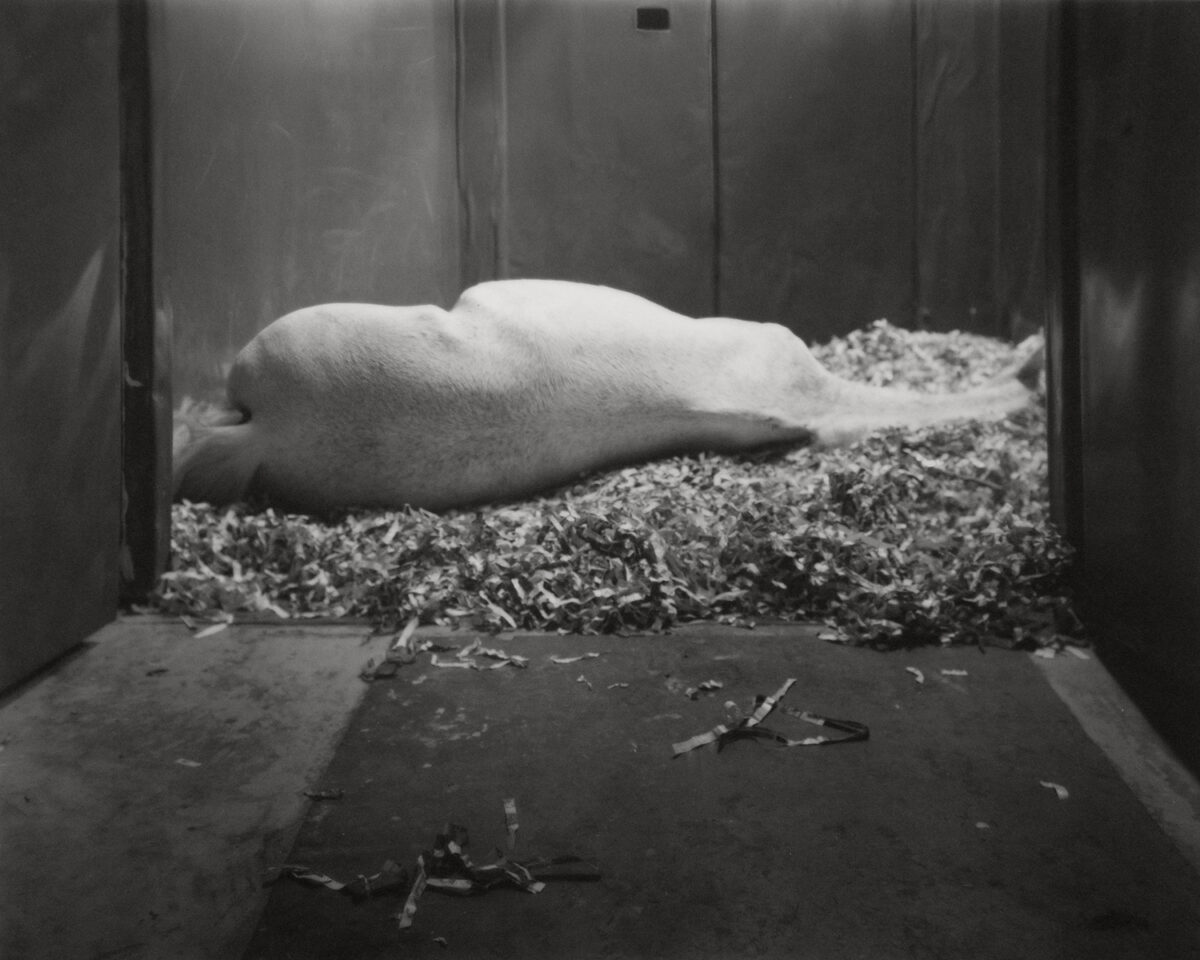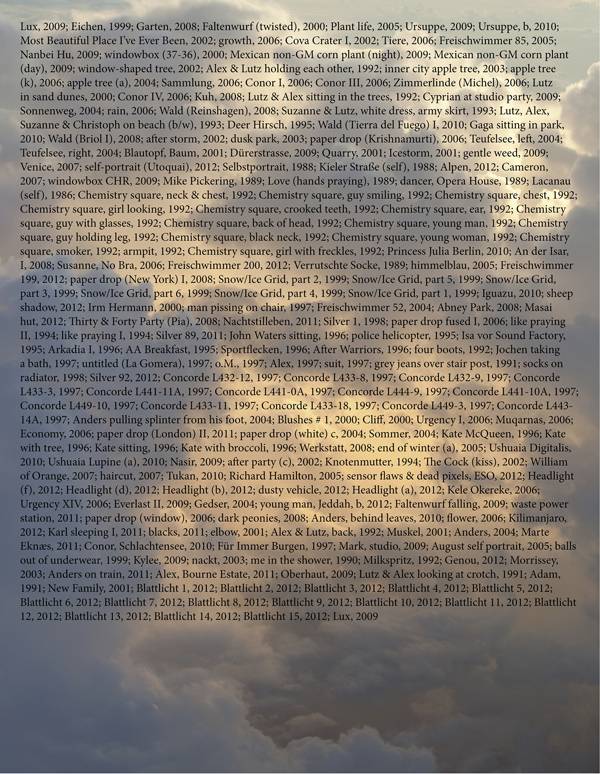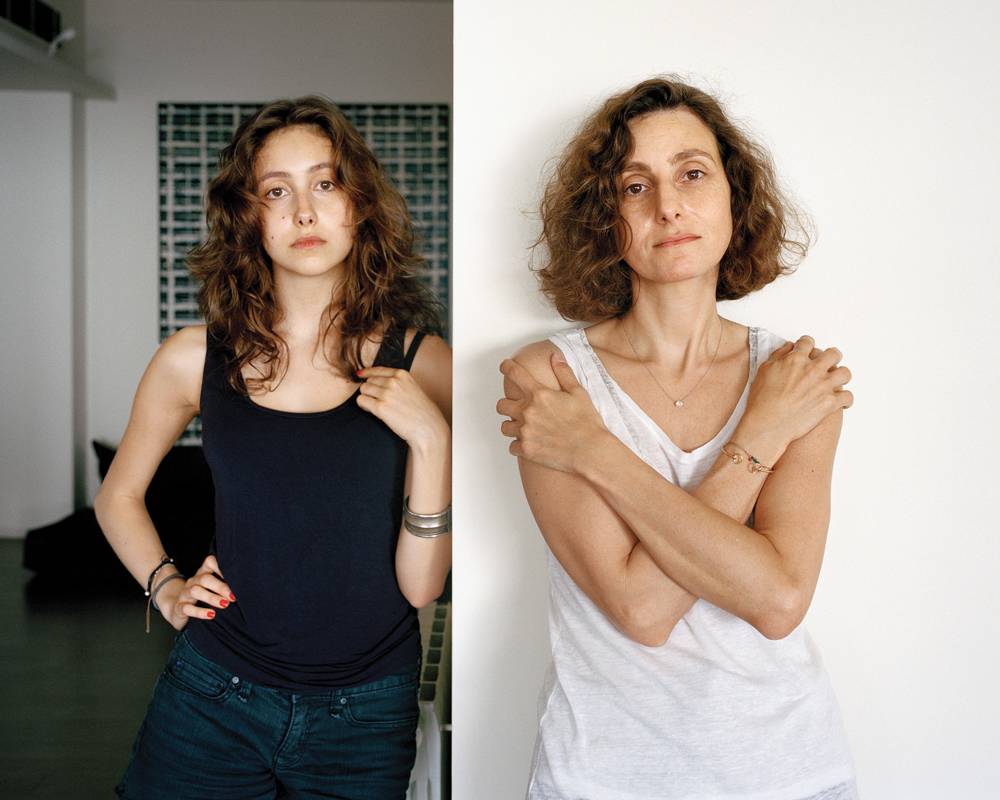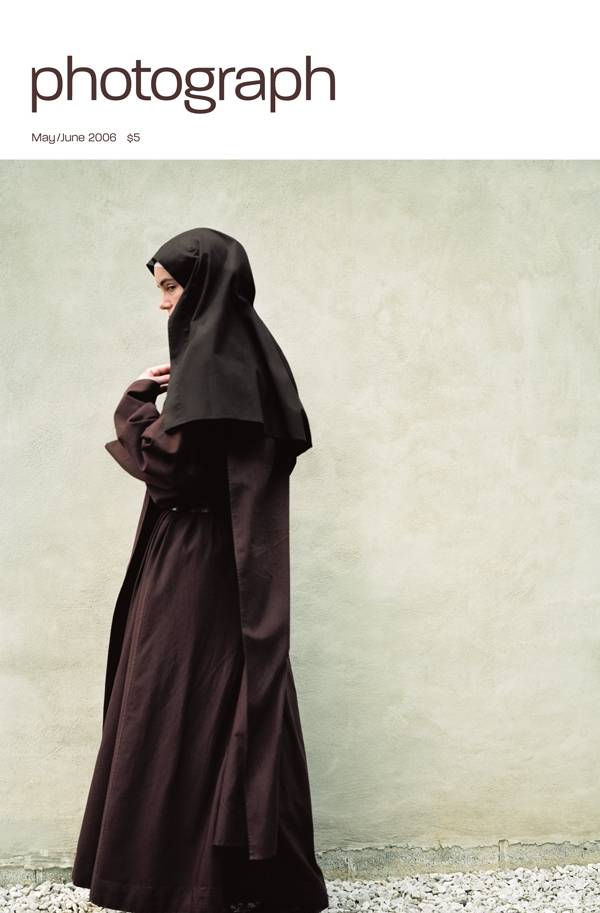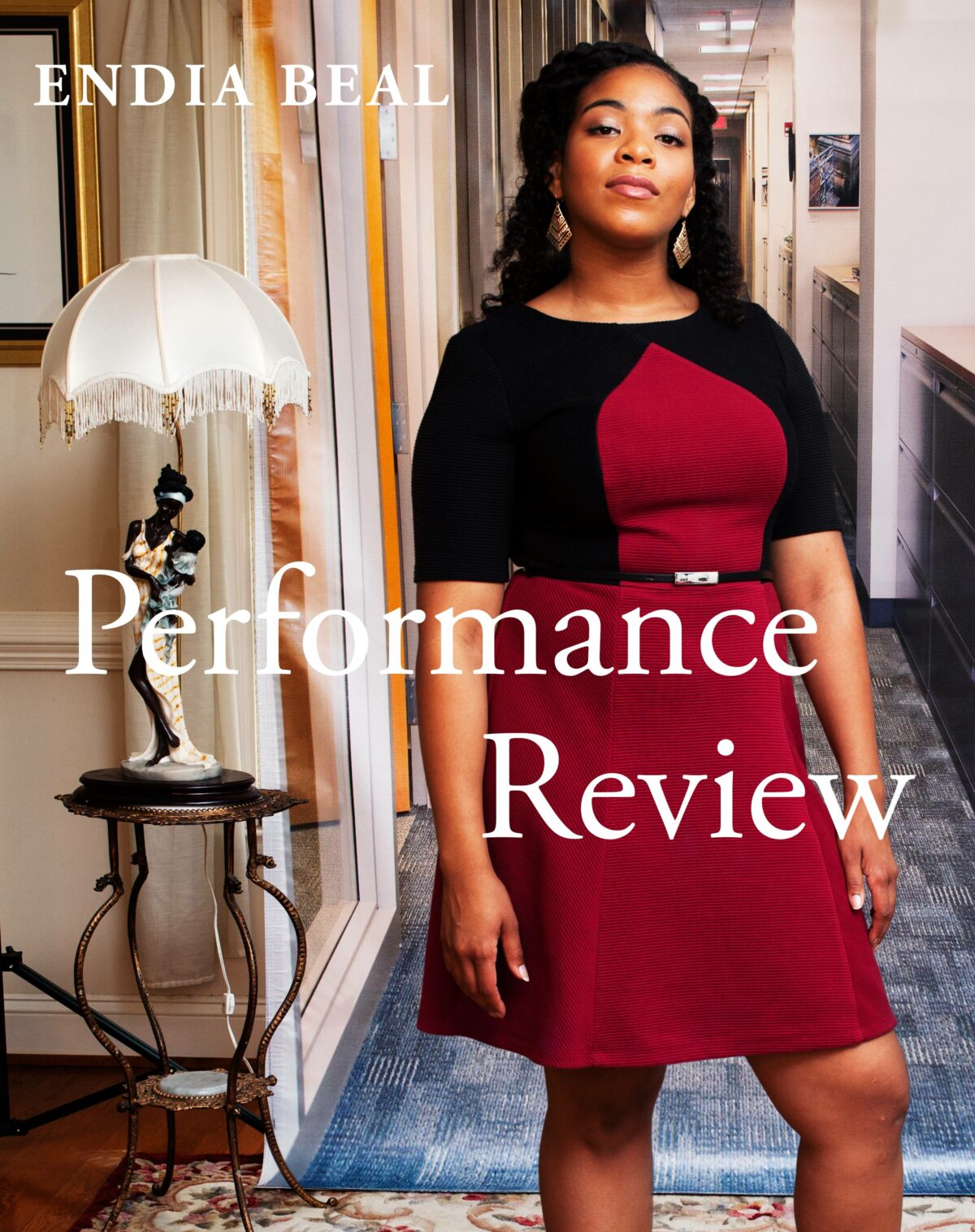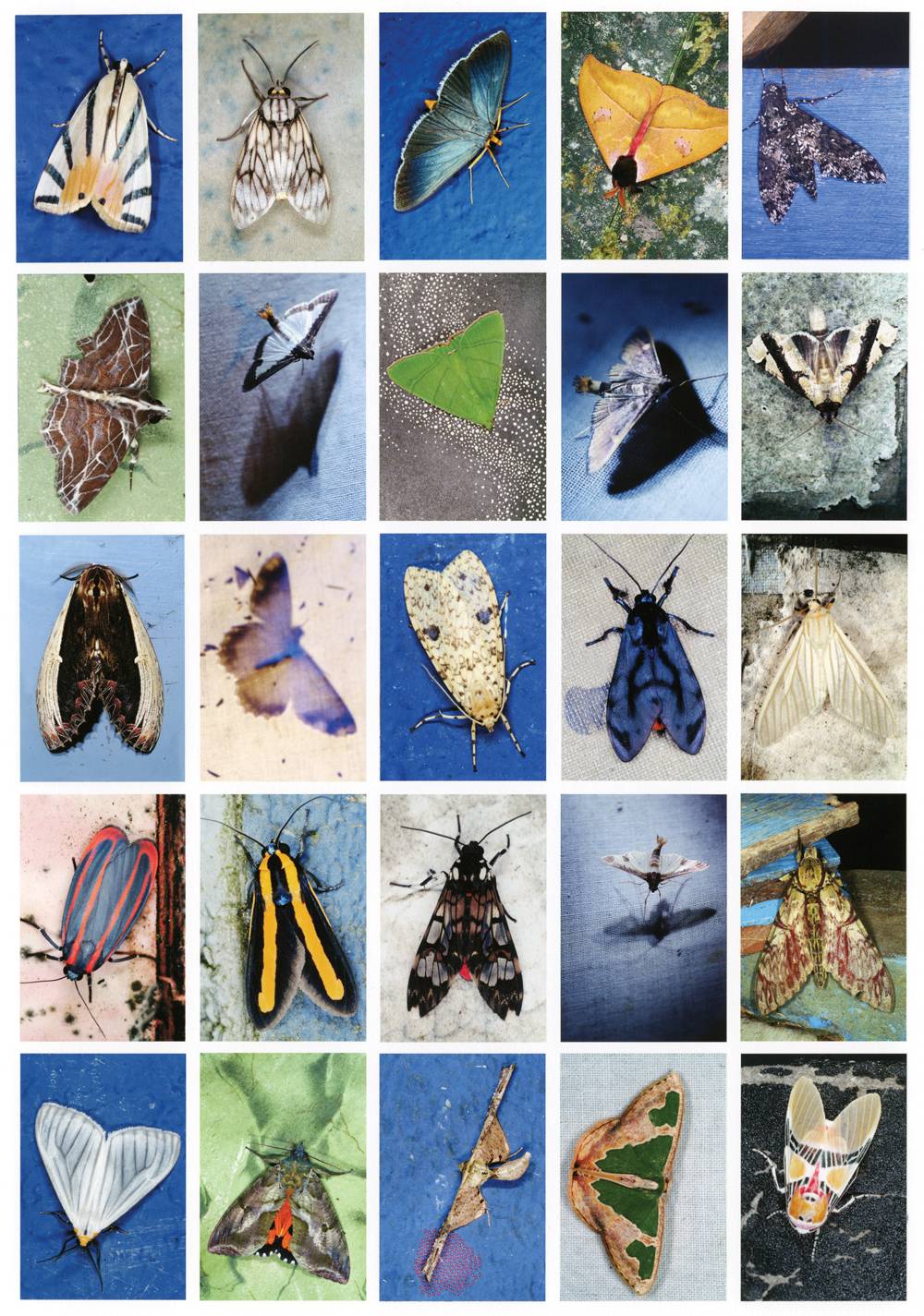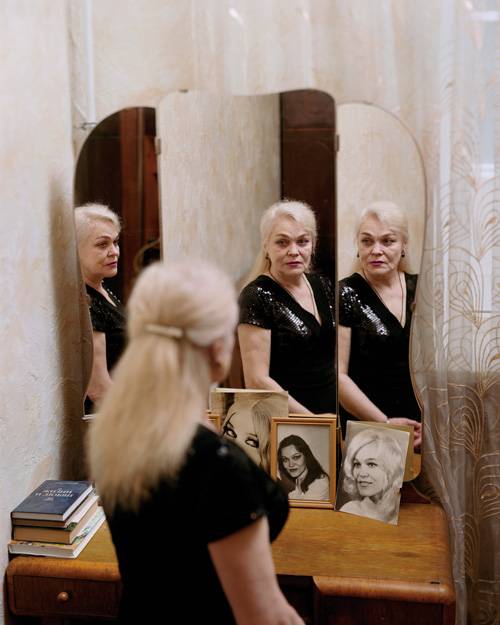Andrea Modica has created indelible images that distinguish her as one of the best photographers of her generation. Her exhibition Extended Moments at the Akron Art Museum through February 21 and the publication of her new book, As We Wait, edited by fellow photographer Larry Fink, should begin to earn her the wider appreciation she deserves.
Lyle Rexer: With your major projects you tend to spend a long time: Barbara, which grew out of Treadwell, lasted 16 years; Fountain lasted eight or nine. Why so long?
Andrea Modica: I work intuitively; I rarely know why I need to photograph something or somebody when I begin a project – often it’s a matter of proximity or availability. For example, I read about the Oneonta Yankees returning to our town in the local paper shortly before a nap, and by the time I woke up, I KNEW that I had to photograph the players. The motivation was partly due to proximity, also attraction, partly repulsion, largely confusion – it all turned into an obsession.
LR: When do you know a series is finished, and is there a certain trauma involved in its ending?
AM: Treadwell ended when Barbara died. Trauma ensued on all levels, and I don’t think I’ll ever completely heal from that personal loss. Fountain ended when I divorced and moved back to the East Coast. Yes to trauma, again on all levels. Some “series” are not series at all: my friends, family, Francesco [Modica’s partner] – and some pictures are very good and beloved orphans (some found a home in As We Wait). However, the pictures of Steve [her former boyfriend] ended with that relationship; the skulls ended when I ran out of skulls; the baseball project ended when I became less confused about that culture, and the bridge was crossed. In all cases, as always, photography is with me through my personal joys and crises, and it’s the process of making pictures (not the product) that helps me see more clearly and live a fuller life.
LR: When other photographers are getting rid of their darkrooms, you recently rebuilt yours. You continue to work with a large-format camera in black-and-white film and make platinum prints. Why? Or is it just a question of wanting to slow things down so that they can be contemplated? Certainly not the way things work on Instagram.
AM: For me there is nothing romantic about using a process that harks back to the beginning of photography. It gives me joy, and I like the way the prints feel in my hand. I teach digital
photography, but the big camera is what I started out with and what I reach for when I get out of bed in the morning. It slows things down and definitely can change the meaning of an image. When shooting people, for example, they do different things in front of a big camera. Of course I shoot differently with a big camera than with a small camera, but one is not necessarily better than the other.
LR: There is such a strong sense of mortality in your work. Even the title of your new book, As We Wait, suggests it. Does this sense of things ending, of the slow process of entering darkness, somehow grow out of working in black and white? Has the “dark room” become a metaphor for your career?
AM: I love the question but I really don’t know. The title of the book was suggested by Larry Fink and I gave him control over such things. I think it’s perfect. He was left to interpret the work as he wanted, and I must say that it is quite dark.
LR: Over the last several years you’ve been spending a lot of time in Italy, and much of the Akron exhibition is devoted to that. Your family is Sicilian, and your partner is Italian. Tell me how this return to Italy has affected your work.
AM: The world responds to me differently in
Italy, since the culture is more prone to accepting art for art’s sake. In other ways, my experience is so personal, I don’t want to go on about that. Many of the pictures of Francesco, my partner, are simply about falling in love, and I recognize that they are romantic and beautiful, sexy, ugly, frightening, awful, fantastic in all senses. Italy is a complicated place for me. In some ways it’s more like home than the US; in other ways I’m an outcast. But my work is often fed by my confusion and discomfort.


